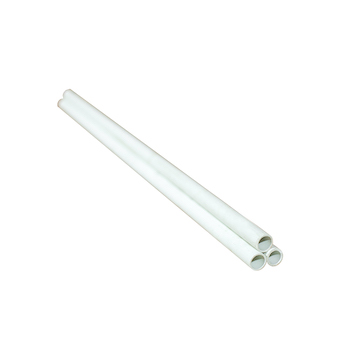Refractory ceramics are ceramic refractory items manufactured from raw materials of mineral origin (mullite-siliceous), which have received high-temperature burning and as a result of physicochemical changes were improved tightness, strength (abrasion) and resistance to chemical reagents. Therefore, the highest protection against the acid influence (except fluorhydric and orthophosphorus) in refractory ceramics depends on the increased percentage of silicon and aluminum oxides in their compounds.
Heat-resistant ceramics maintains their technical and functional qualities under working conditions of different level of complexity in a stable and long-term way (mechanical stresses, high temperatures with their sharp drops, etc.), having an enough hardness, density at low porosity and thermal conductivity. The application temperature of such high-temperature ceramics reaches 1700 0C.
There are several types of refractory ceramics: monoliths, pressed and shaped items, melting crucible, chamotte ceramics and other types. Heat-resistant ceramics has a wide range of ceramic refractory items: tubes, fastening, parts for melting devices, protective materials for thermocouples and thermoelectrodes, and others. High-temperature ceramics is used in a variety of industries: metallurgy, engineering, chemicals and others. For example, refractory ceramic tubes МКР are used for fastening electric heating elements of electric furnaces (heating element is mounted on the tube and fixed inside the working chamber).


